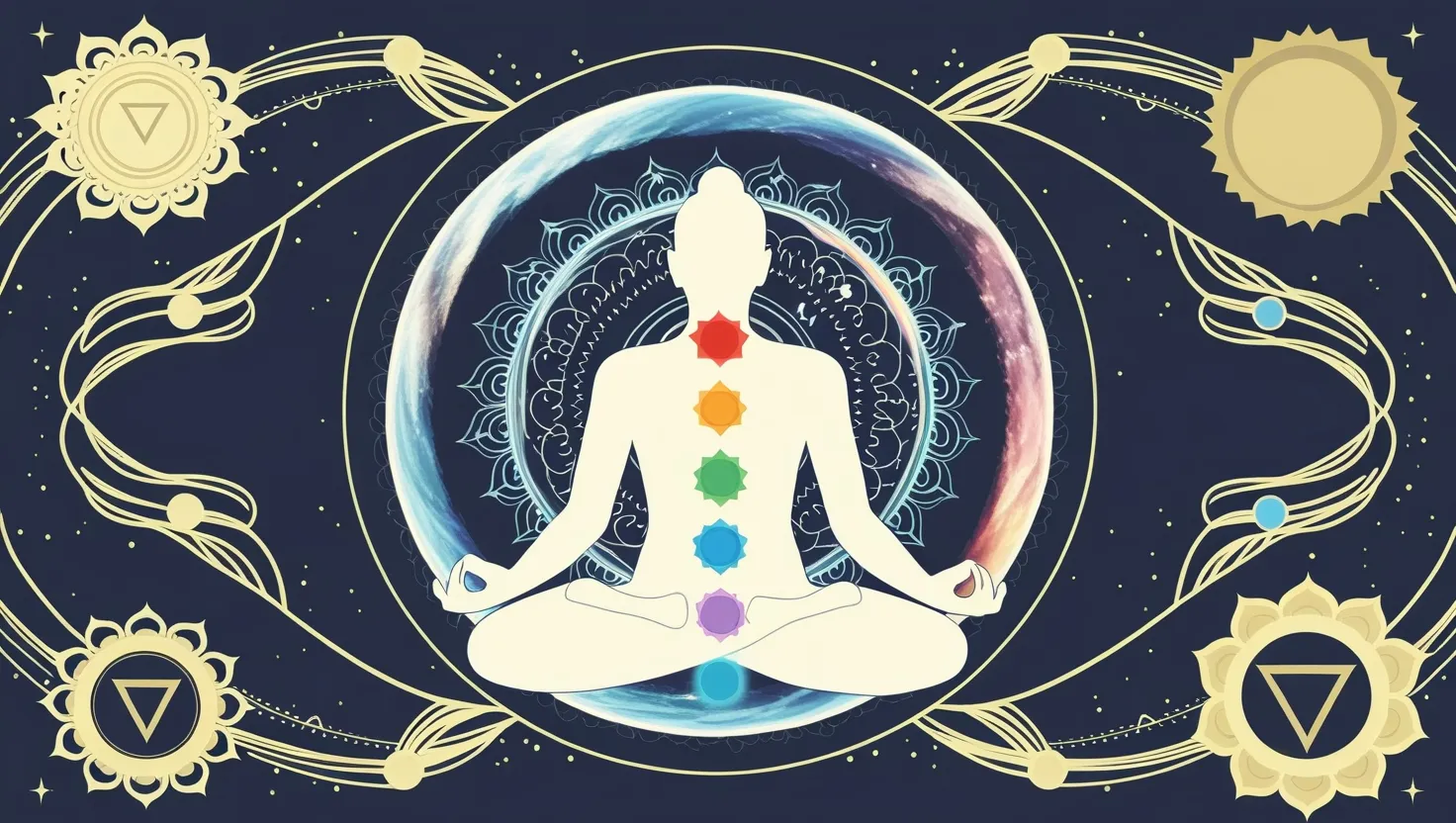Tantra Unveiled: Ancient Wisdom for Modern Spiritual Growth and Self-Realization
Discover Tantra: Ancient spiritual science blending material and divine. Explore holistic practices, energy work, and direct divine connection. Uncover the depths beyond popular misconceptions.

Discover the Hidden Key to Self-Realization: Sphurana's Profound Impact on Consciousness
Explore Sphurana in Advaita Vedanta: the pulsation of pure awareness. Discover how this concept reveals the dynamic nature of consciousness and leads to self-realization.
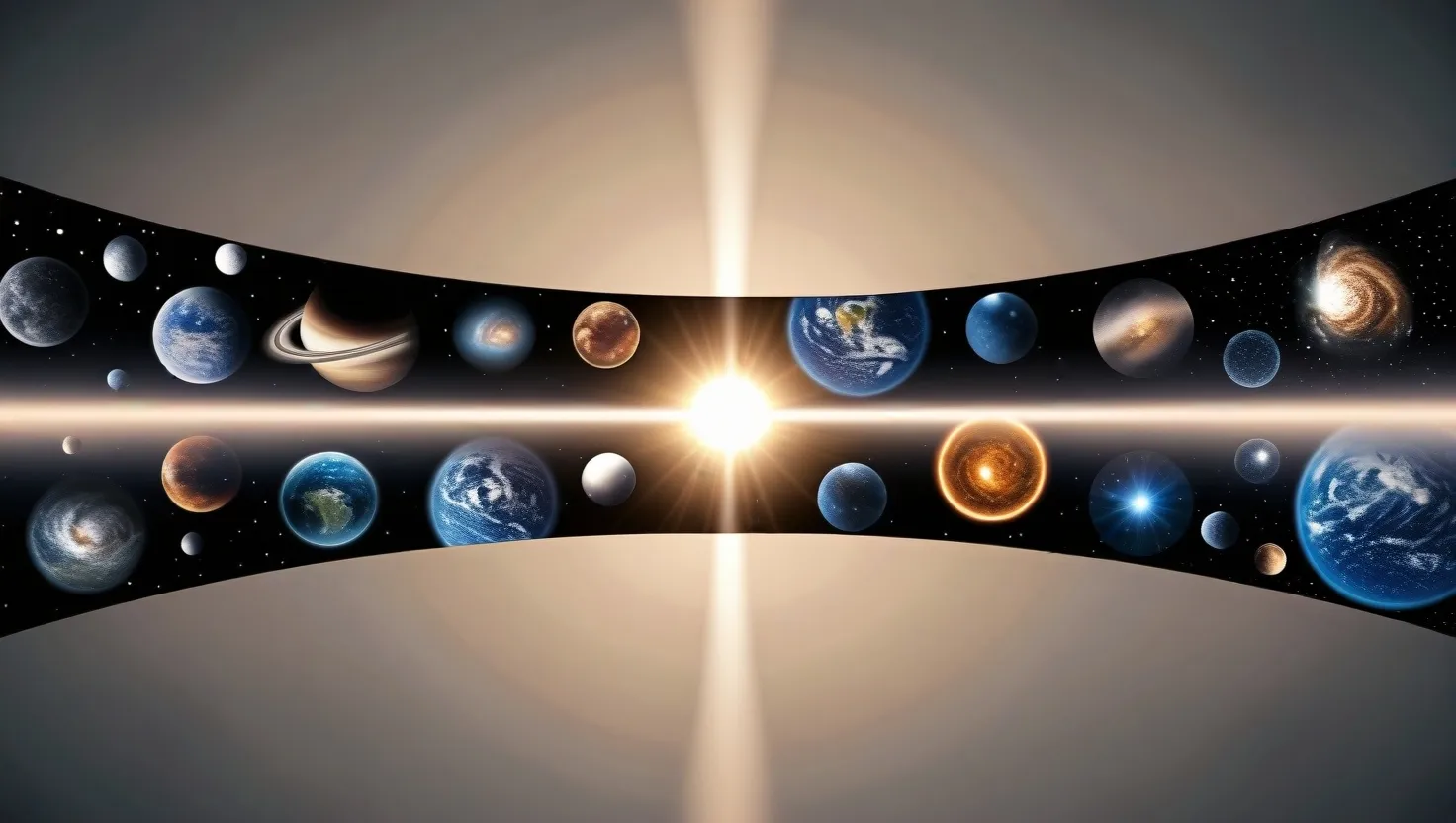
Mirror Theory: Advaita Vedanta's Mind-Bending View on Reality and Self
Explore Pratibindu in Advaita Vedanta: Learn how the theory of reflection reveals the profound connection between the self and ultimate reality. Discover unity in diversity.
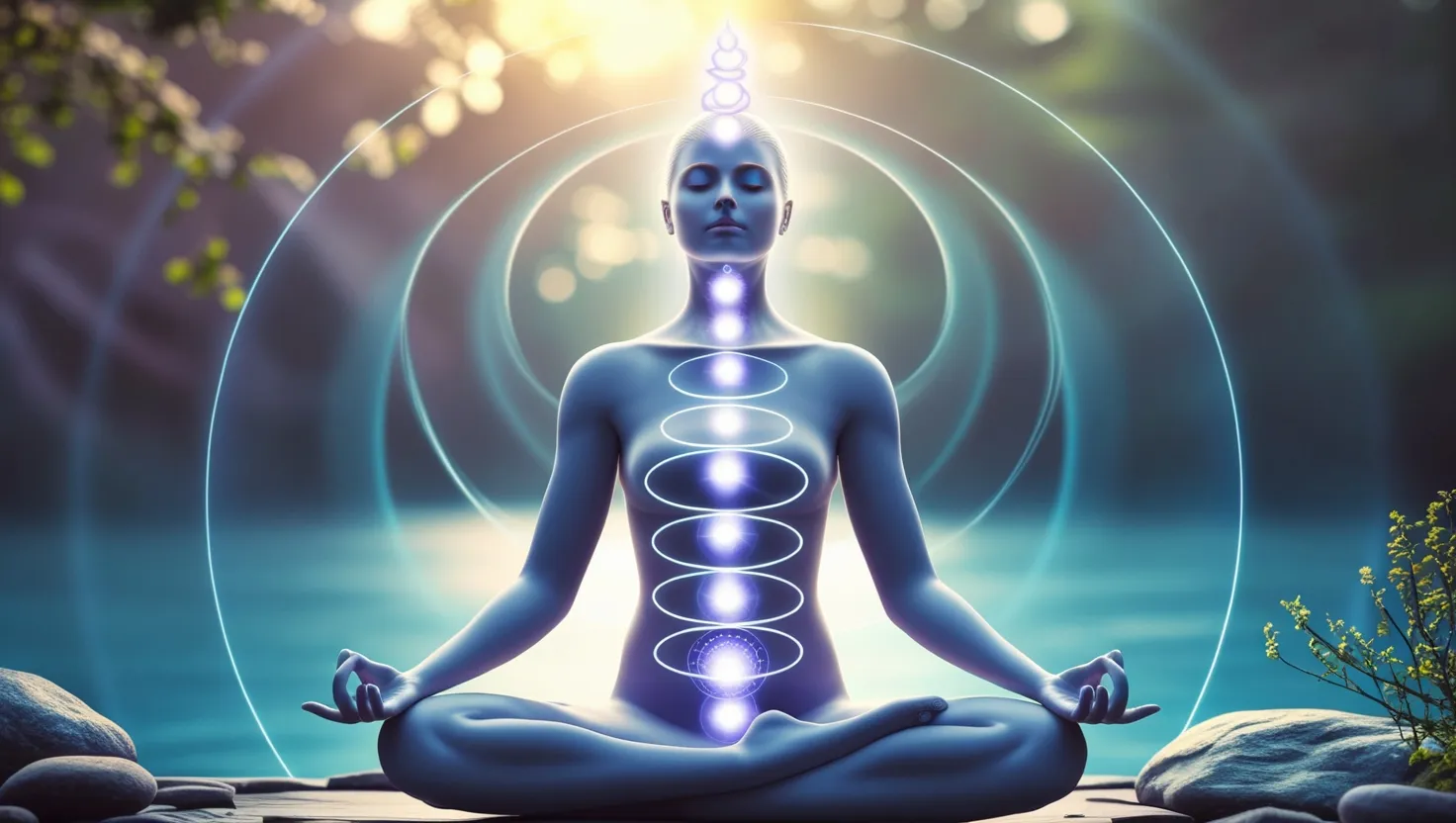
Unlock Your Hidden Energy: Mastering Udana Vayu for Spiritual Growth and Self-Expression
Udana Vayu, one of five vital energies in yogic physiology, governs upward energy flow from the heart to the head. It's crucial for speech, growth, and self-expression. Practices like inversions, pranayama, and mantra chanting activate Udana Vayu, enhancing communication and creativity. Balancing this energy improves physical, mental, and spiritual well-being, facilitating access to higher consciousness.
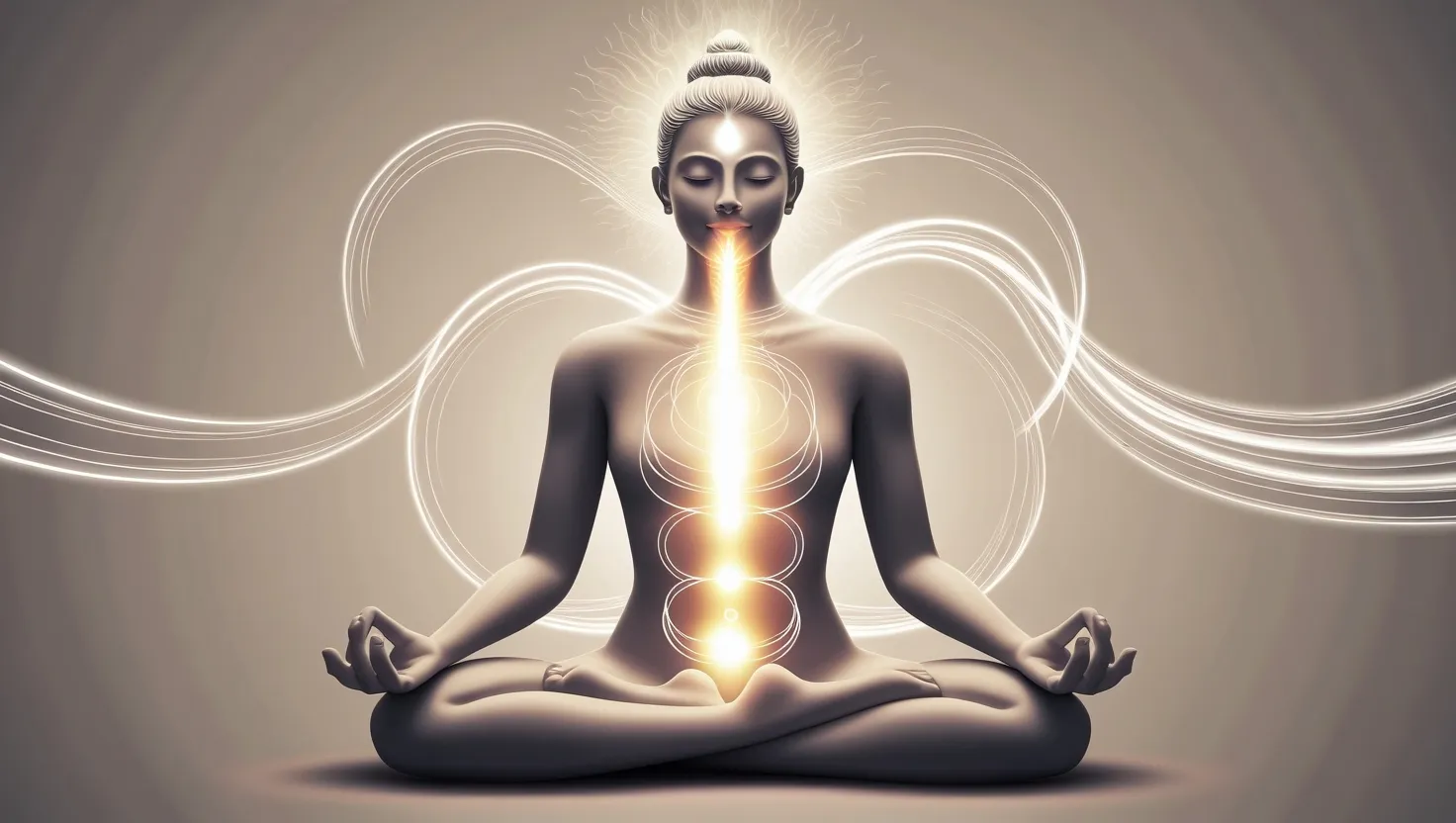
Unleash Your Inner Power: Mastering Udana Vayu for Better Speech and Higher Consciousness
Udana Vayu, one of five vital energies in yogic physiology, governs speech, growth, and self-expression. Located in the throat and head, it influences metabolism, nervous system, and higher consciousness. Balancing Udana Vayu through inversions, pranayama, and chanting can improve communication, focus, and overall well-being. It plays a crucial role in spiritual ascent and self-realization.
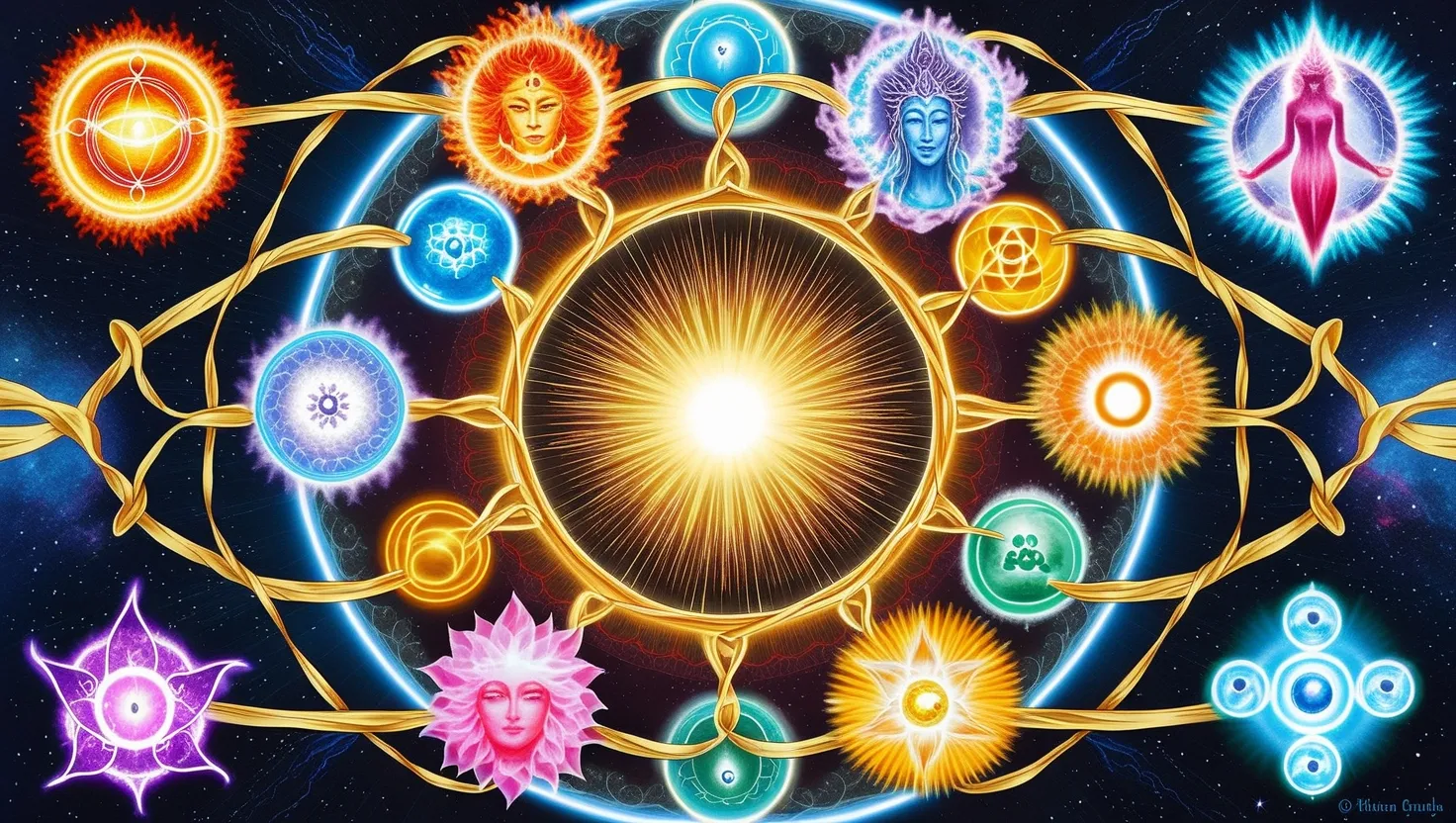
Cosmic Thread: How Vedic Wisdom Connects Us All in 15 Words
Tantu, the cosmic thread in Vedic cosmology, connects all aspects of existence. It illustrates the universe as a web spun from Brahman's essence, linking the absolute to the relative. This concept emphasizes interconnectedness, with each particle reflecting the whole. Tantu aligns with Tantric philosophy, visualizing the universe as a tapestry of divine energy, and offers insights into our place in the cosmic fabric.
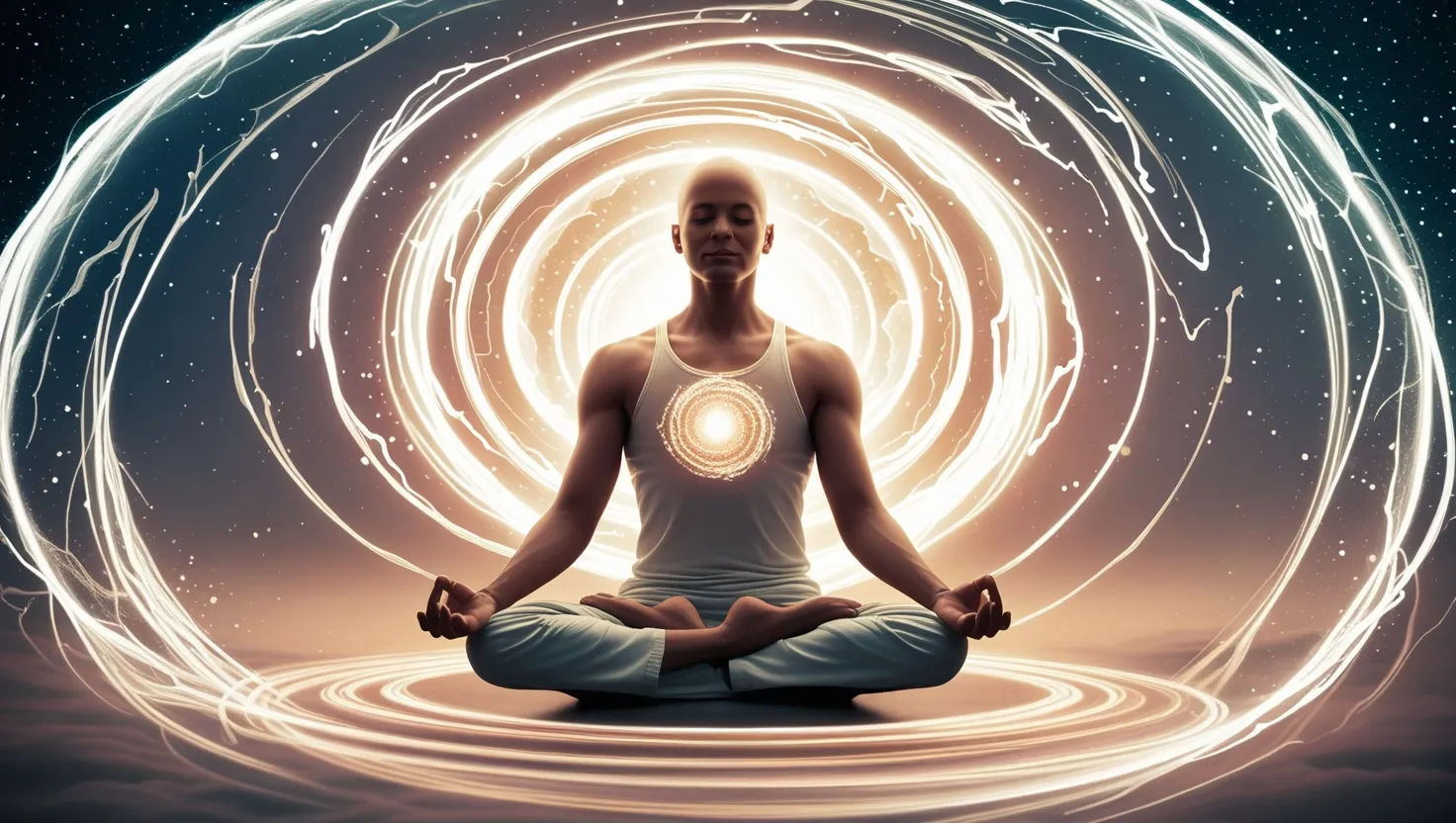
Unlock Your Mind's Hidden Power: Ancient Secret to Manifest Your Dreams
Sankalpa Shakti is a Vedic concept of creative willpower. It's the idea that our thoughts and intentions shape our reality. By forming a deep, purposeful resolution, we can bridge the gap between desire and manifestation. This practice involves crafting positive affirmations and integrating them into daily life, enabling personal growth and transformation.

Cosmic Vibrations: How Ancient Hindu Wisdom Reveals the Universe's Hidden Pulse
Spanda, a core concept in Kashmir Shaivism, views the universe as a vibrant, pulsating manifestation of divine energy. It's not just a philosophical idea, but an experiential reality that underpins all existence. Spanda bridges the gap between the absolute and the manifest world, offering a path to spiritual awakening through recognizing the divine vibration within oneself and the interconnectedness of all things.

Witness Consciousness: The Key to Inner Peace and Freedom
Sakshi Bhava, or witness consciousness, is a key concept in Vedantic philosophy. It teaches that our true nature is the unchanging observer of our thoughts and emotions. By practicing this awareness, we can detach from mental fluctuations and live with greater clarity. This approach helps in meditation, daily life, and understanding our role in the cosmic reality.
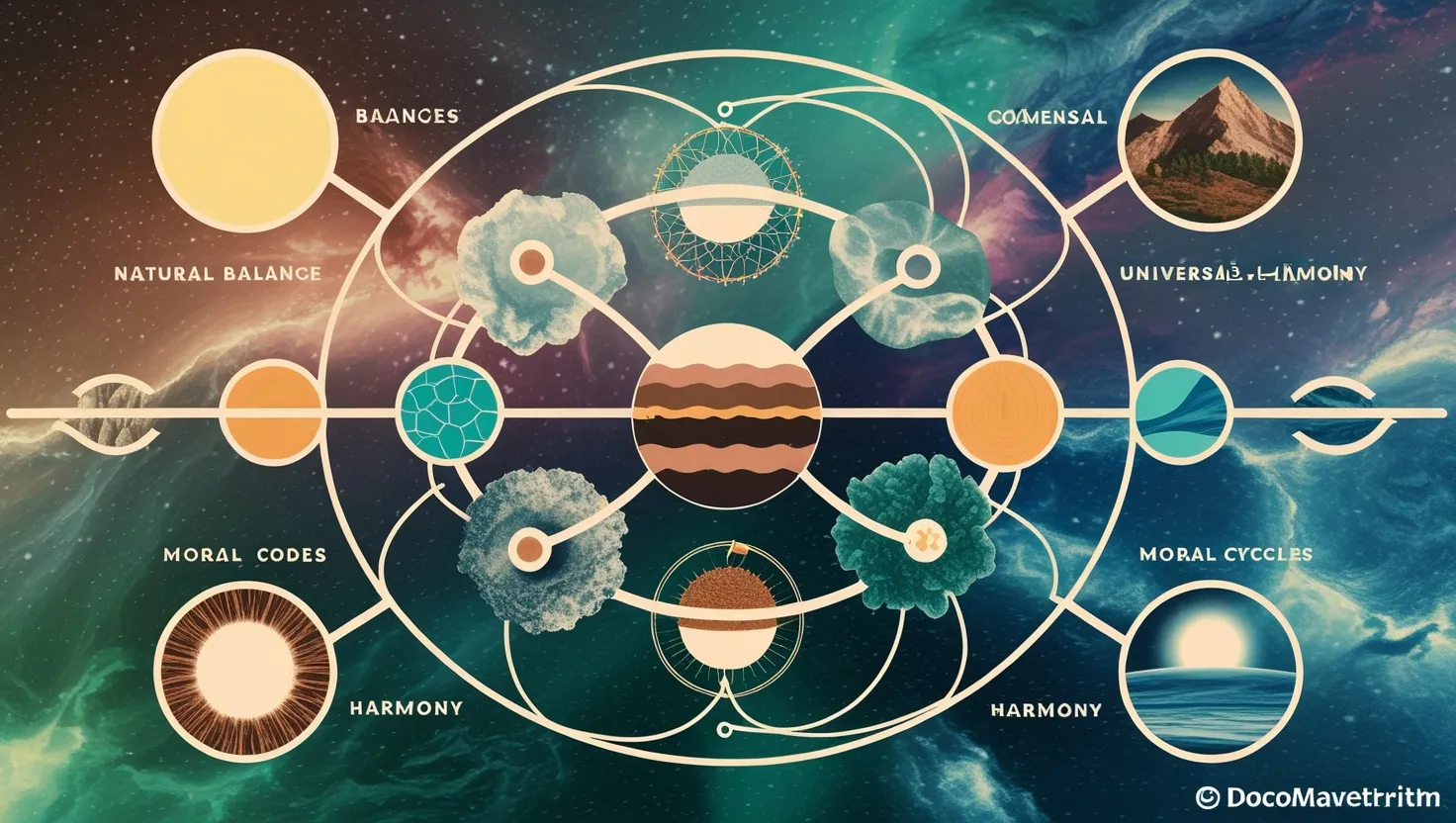
Cosmic Order Unveiled: Ancient Vedic Secrets for a Balanced Life
Ṛta, the cosmic order in Vedic philosophy, governs the universe's balance. It influences natural cycles and moral codes. Ṛta is the foundation of Vedic rituals, social organization, and even empowers gods. It's linked to dharma and karma, guiding righteous behavior. Understanding Ṛta helps align actions with universal principles, promoting harmony in personal and cosmic spheres.
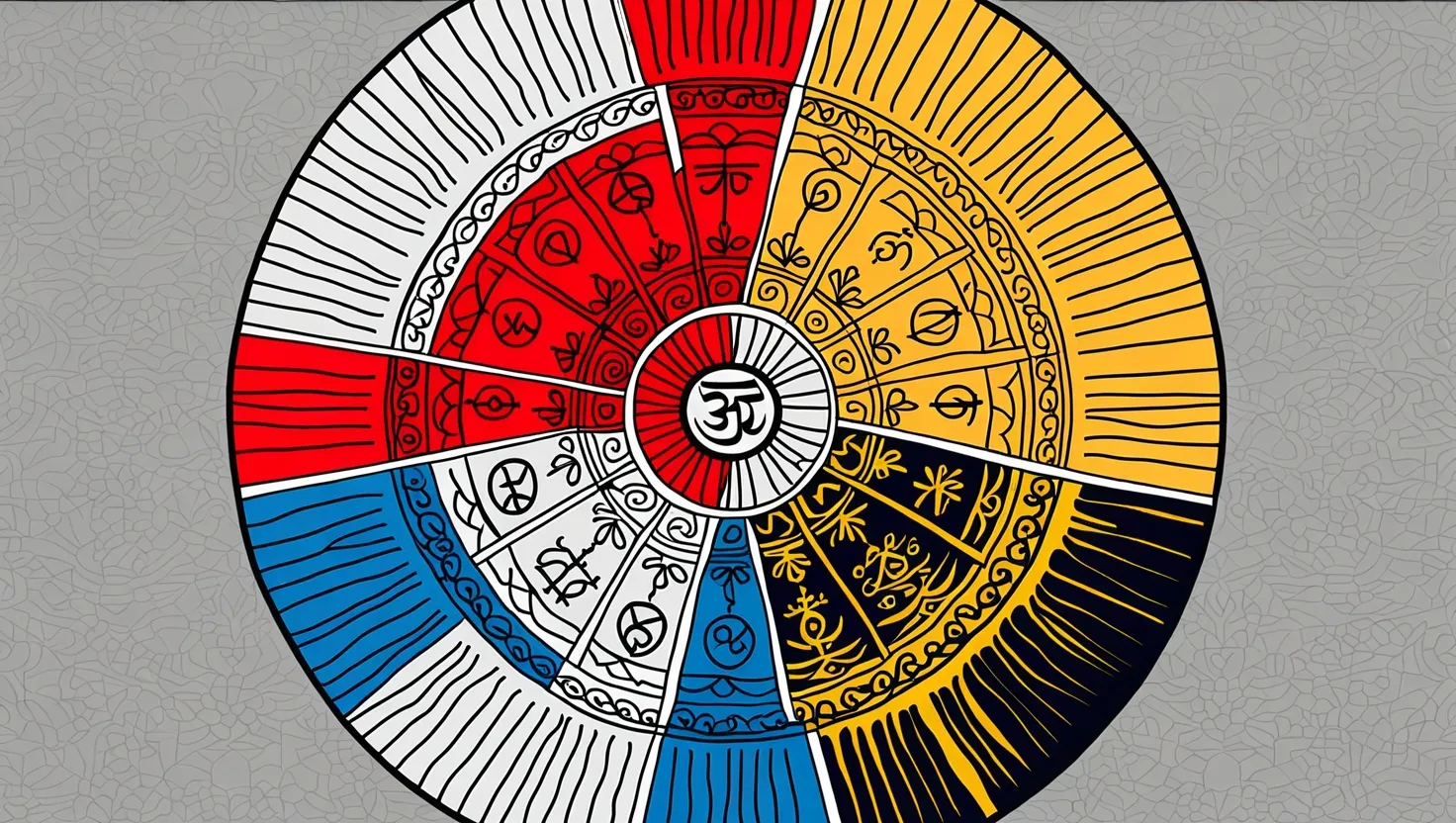
Unveiling Varna: Hidden Spiritual Colors of Hinduism Beyond Social Classes
Varna in Hinduism is a complex system rooted in Vedic symbolism. It goes beyond social classes, representing colors, elements, and states of consciousness. Each Varna (Brahmin, Kshatriya, Vaishya, Shudra) has associated colors, elements, and qualities. The concept offers spiritual insights and a way to understand human nature and cosmic energies.

Cosmic Craftsman: Tvastr, Hindu God Who Shaped the Universe and Divine Weapons
Tvastr, the Vedic Artisan God, is a key figure in Hindu mythology. He's the divine craftsman who shapes the universe, creates magical weapons for gods, and forms living beings. Tvastr symbolizes the link between divine ideas and physical creation, playing a crucial role in maintaining cosmic balance. His story offers insights into the nature of creativity and its divine aspects.
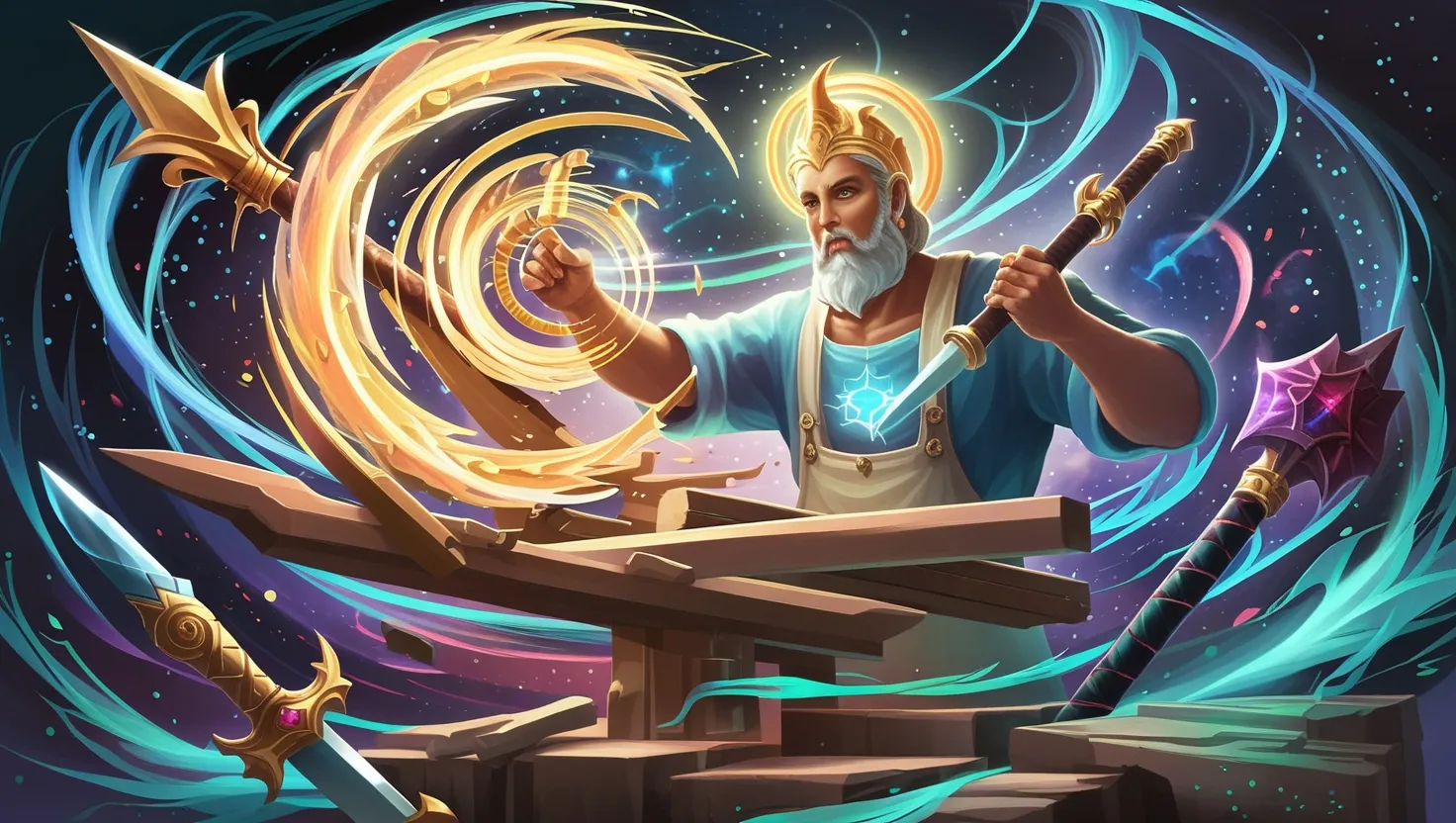
Tvastr: The Divine Craftsman Shaping Hindu Mythology's Universe
Tvastr, the divine craftsman in Hindu mythology, shapes the universe and crafts celestial objects. He's the patron of artists and creators, responsible for forming living beings and magical weapons. Tvastr's story highlights the sacred nature of creativity and the link between skill and divinity. His role as a cosmic designer bridges divine ideas and material manifestation.
